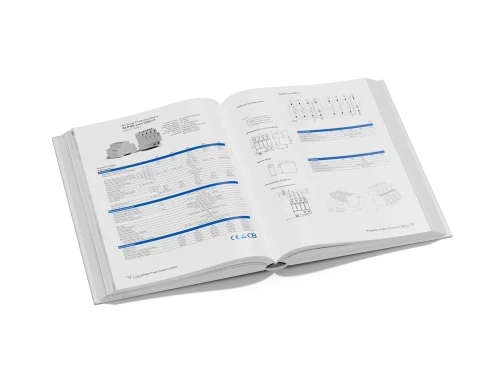BIPV (Building-Integrated Photovoltaics) is a solution that integrates photovoltaic technology directly into buildings. Unlike general solar panels, BIPV can replace traditional building materials such as roofing and windows. It not only provides clean energy but also adds aesthetic and functional value to the building. BIPV has a wide range of applications. Here are some typical cases:
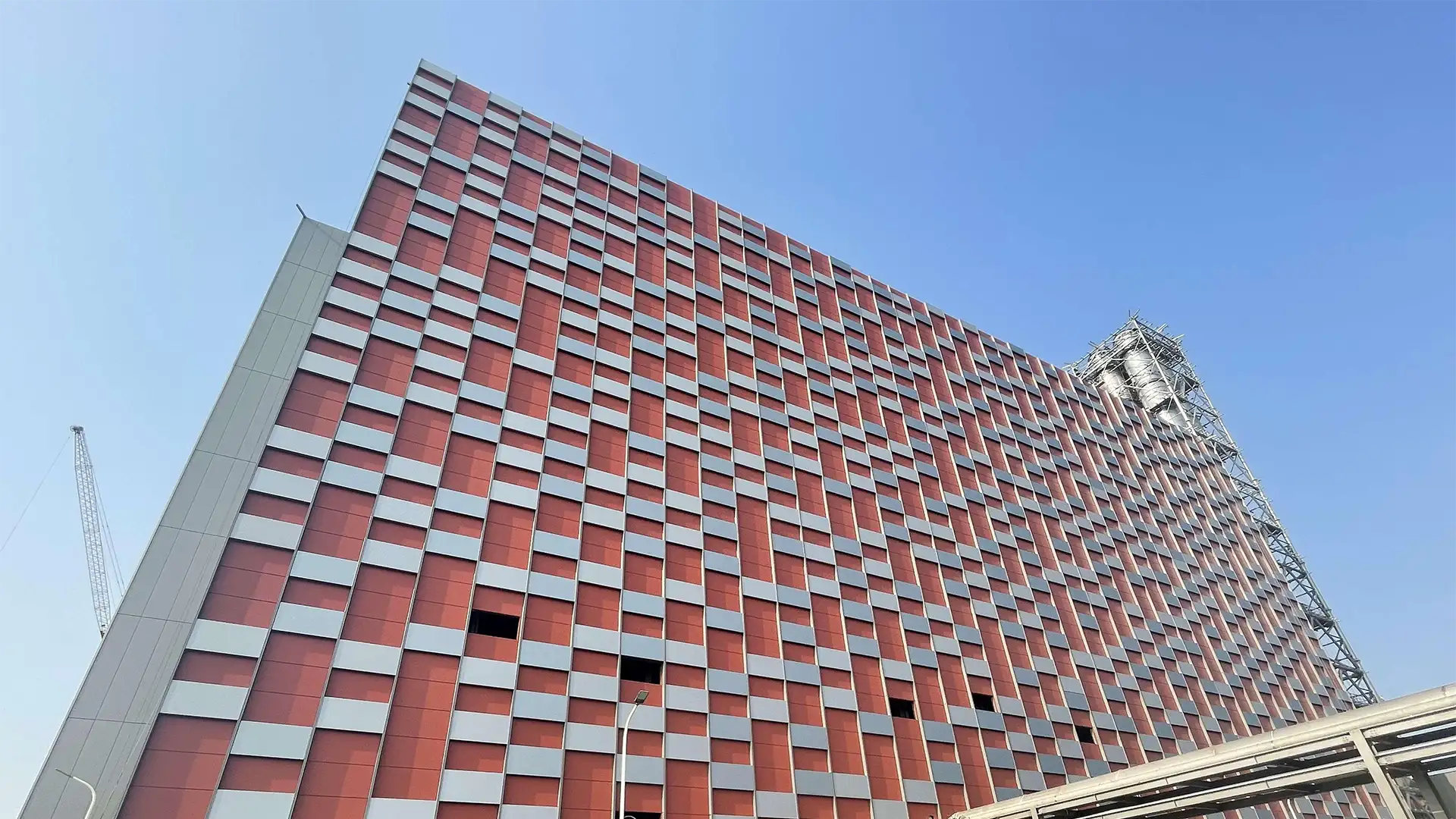
Get Your BIPV Solution at hiitio
1. Residential Buildings
Application Scenario:
BIPV can be integrated into the roof, windows, or walls, replacing traditional roofing or window materials.
Case Study: “Energy Roof” in France:
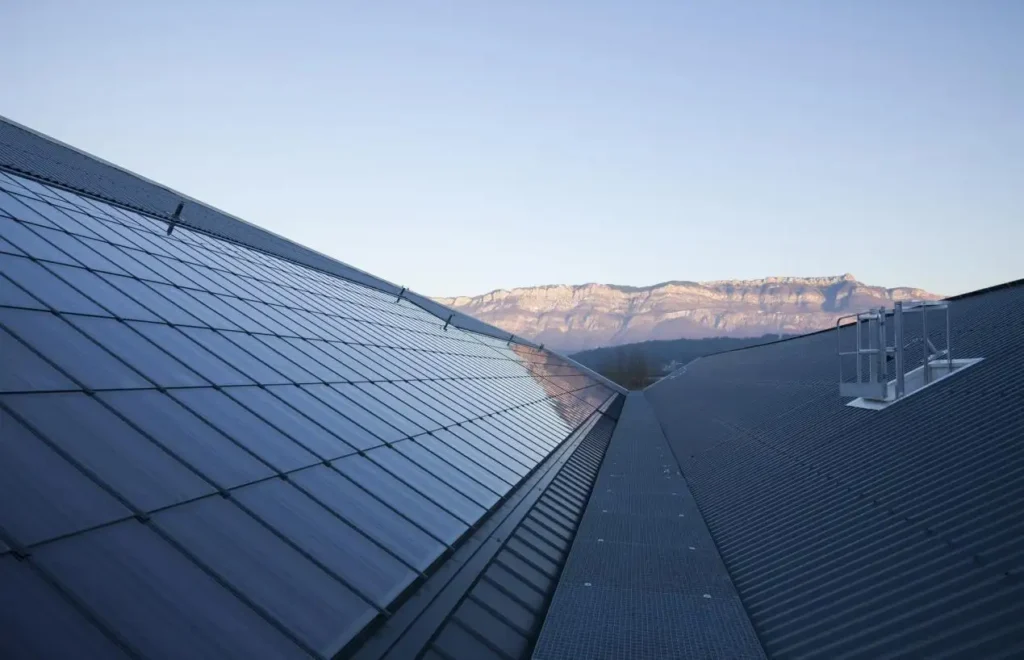
A French architectural firm designed a roof photovoltaic system that integrates photovoltaic modules with roofing tiles, achieving both building aesthetics and energy generation.
Case Link
2. Commercial Buildings
Application Scenario:
Large rooftop or facade areas of commercial buildings utilize BIPV to generate significant energy while enhancing the building’s eco-friendly image.
Case Study: Apple Park Headquarters:
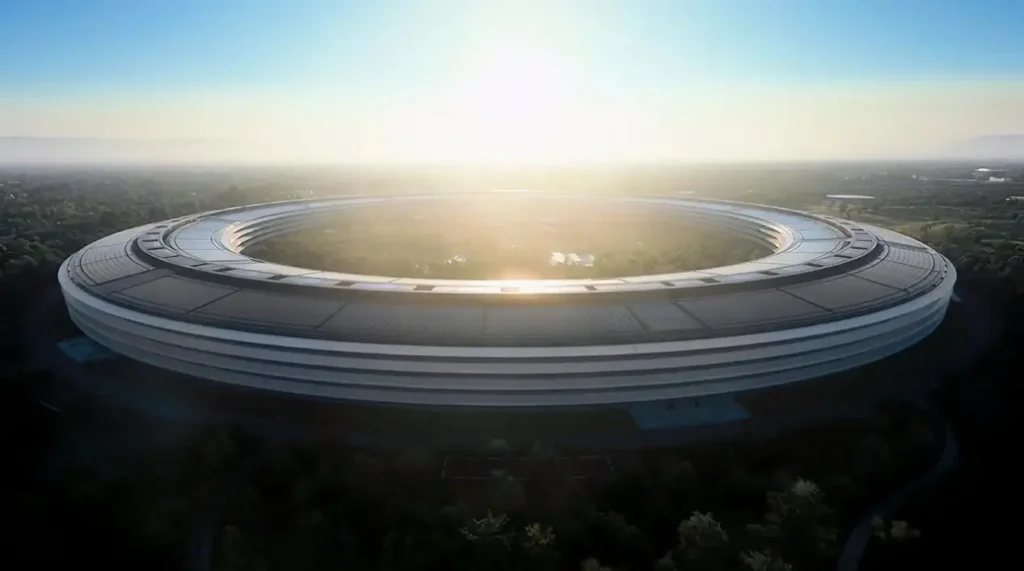
Located in Cupertino, California, the roof of Apple Park uses BIPV modules to generate renewable energy. The building’s glass facade also incorporates photovoltaic technology.
Case Link
3. Urban Infrastructure
Application Scenario:
BIPV can be applied in urban infrastructure such as bridges, carports, billboards, and other large structures to provide green energy for cities.
Case Study: Zuidas District in Amsterdam:
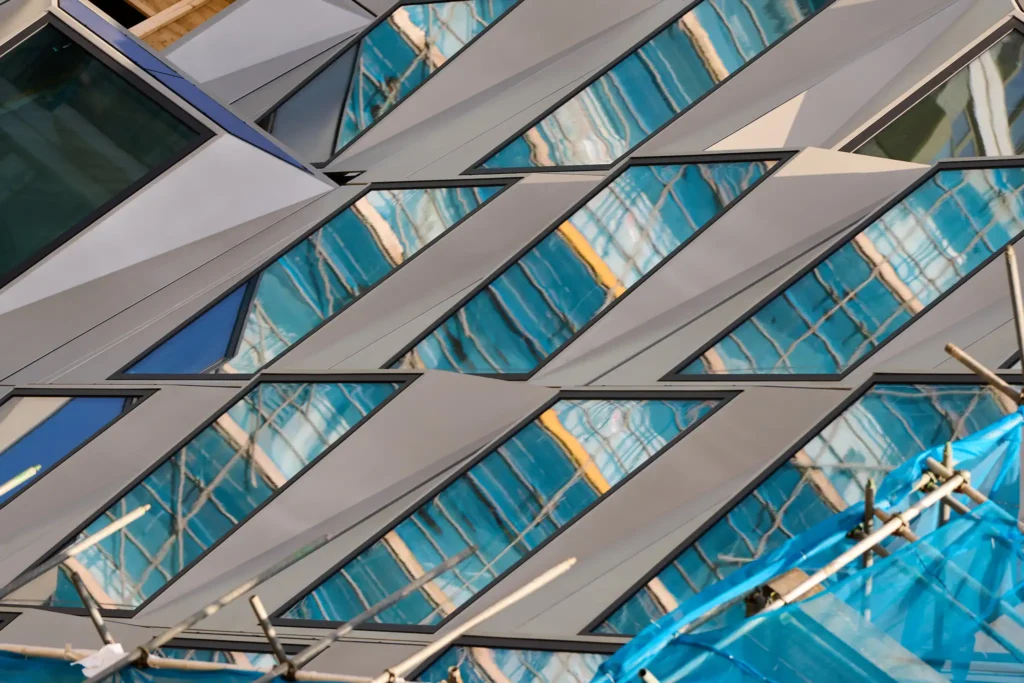
Several high-rise buildings and municipal facilities in this district have integrated BIPV to help the area move towards carbon neutrality.
Case Link
4. Transport Facilities
Application Scenario:
Transport hubs, such as stations and airports, use BIPV systems. Large rooftop or facade areas are utilized for photovoltaic power generation.
Case Study: Freiburg Station:
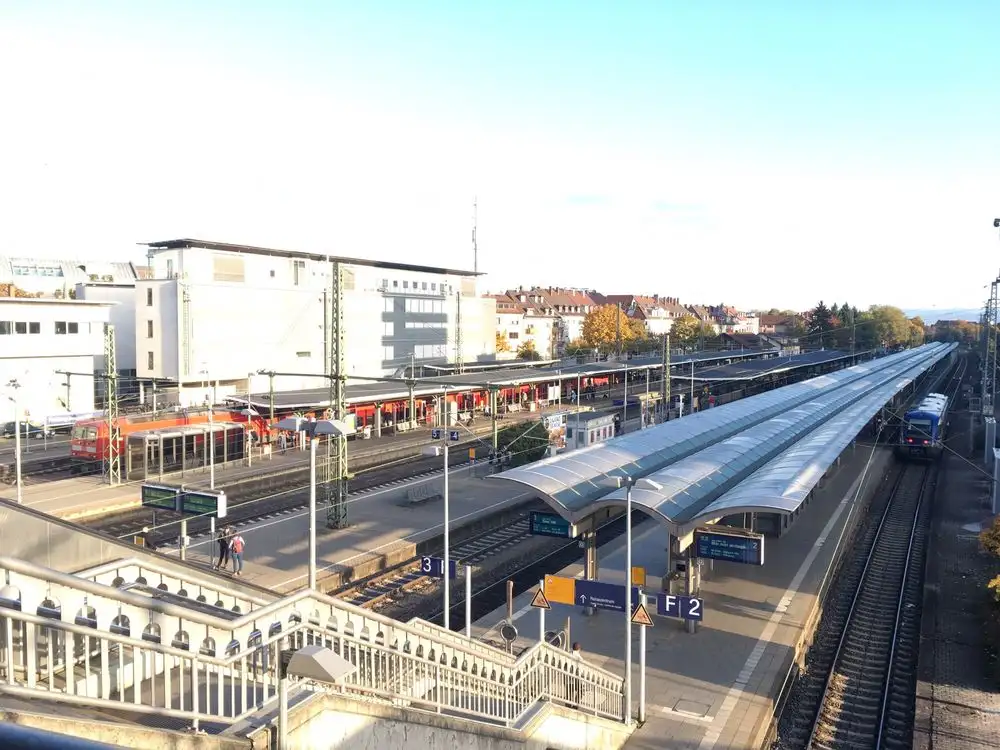
The station’s roof and platforms are equipped with photovoltaic panels that generate green electricity through BIPV technology.
Case Link
5. Industrial Buildings
Application Scenario:
Industrial plants and warehouses, which often require significant amounts of electricity, can install large photovoltaic systems on their rooftops to reduce energy costs.
Case Study: Toyota’s Japan Factory:
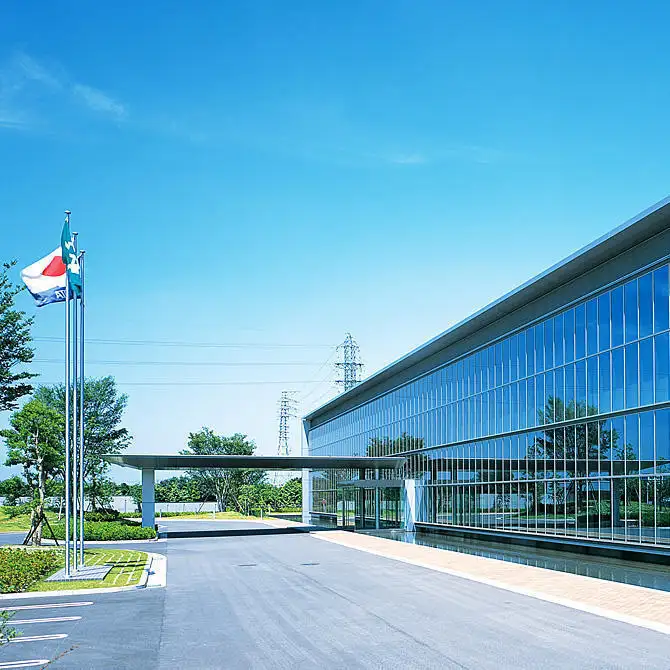
Some of Toyota’s manufacturing plants have adopted BIPV technology by integrating photovoltaic modules into their roofs, reducing the factory’s energy consumption and improving energy self-sufficiency.
Case Link
6. Public Buildings
Application Scenario:
BIPV is suitable for public buildings such as schools, hospitals, and libraries, meeting both energy demands and aesthetic requirements.
Case Study: National University of Singapore (NUS):
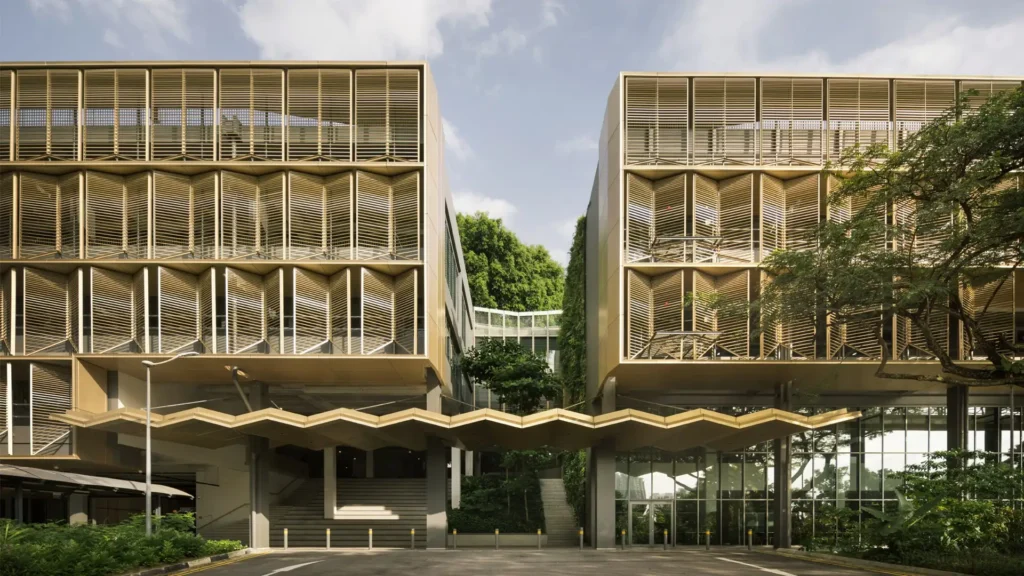
Several buildings on the NUS campus use integrated photovoltaic technology, providing green energy while offering an eco-friendly environment for students and staff.
Case Link
7. Glass Curtain Wall Buildings
Application Scenario:
BIPV is especially suitable for modern glass curtain wall buildings. Photovoltaic modules are integrated into the window glass, providing energy generation while maintaining the building’s modern appearance.
Case Study: Shenzhen International Convention and Exhibition Center:
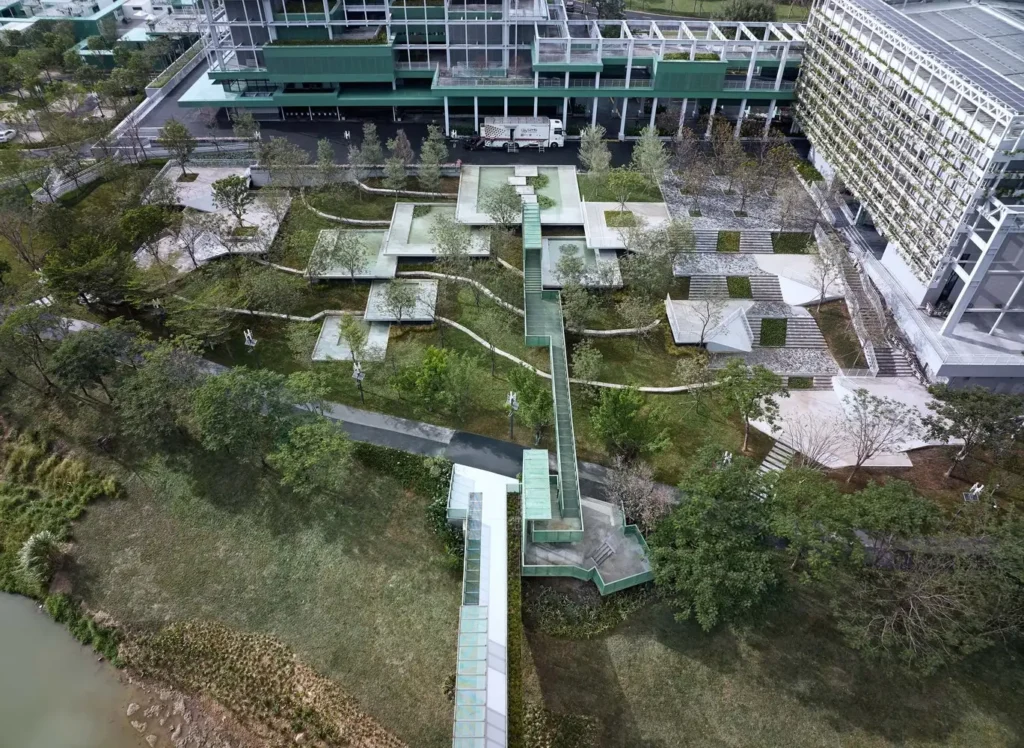
The building’s glass facade incorporates photovoltaic technology, blending beauty and functionality to support the building’s energy needs.
Case Link
Advantages of BIPV
Energy Efficiency and Environmental Protection:
BIPV reduces reliance on traditional energy sources and lowers carbon emissions.
Aesthetics:
BIPV integrates with the building’s design, enhancing its appearance.
Economic Viability:
Over time, BIPV can reduce electricity consumption, leading to energy cost savings.
Space Optimization:
BIPV provides clean energy without occupying extra space.
As technology advances and costs decrease, BIPV is expected to become more widespread. Future buildings may even become “power plants,” achieving energy self-sufficiency.
For a fast quote and tailored solutions for your building’s energy needs, contact us today! Our team is ready to help you integrate BIPV technology into your project for enhanced energy efficiency and aesthetics. Reach out now and start your journey toward a sustainable future!


